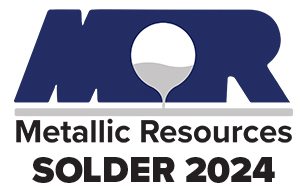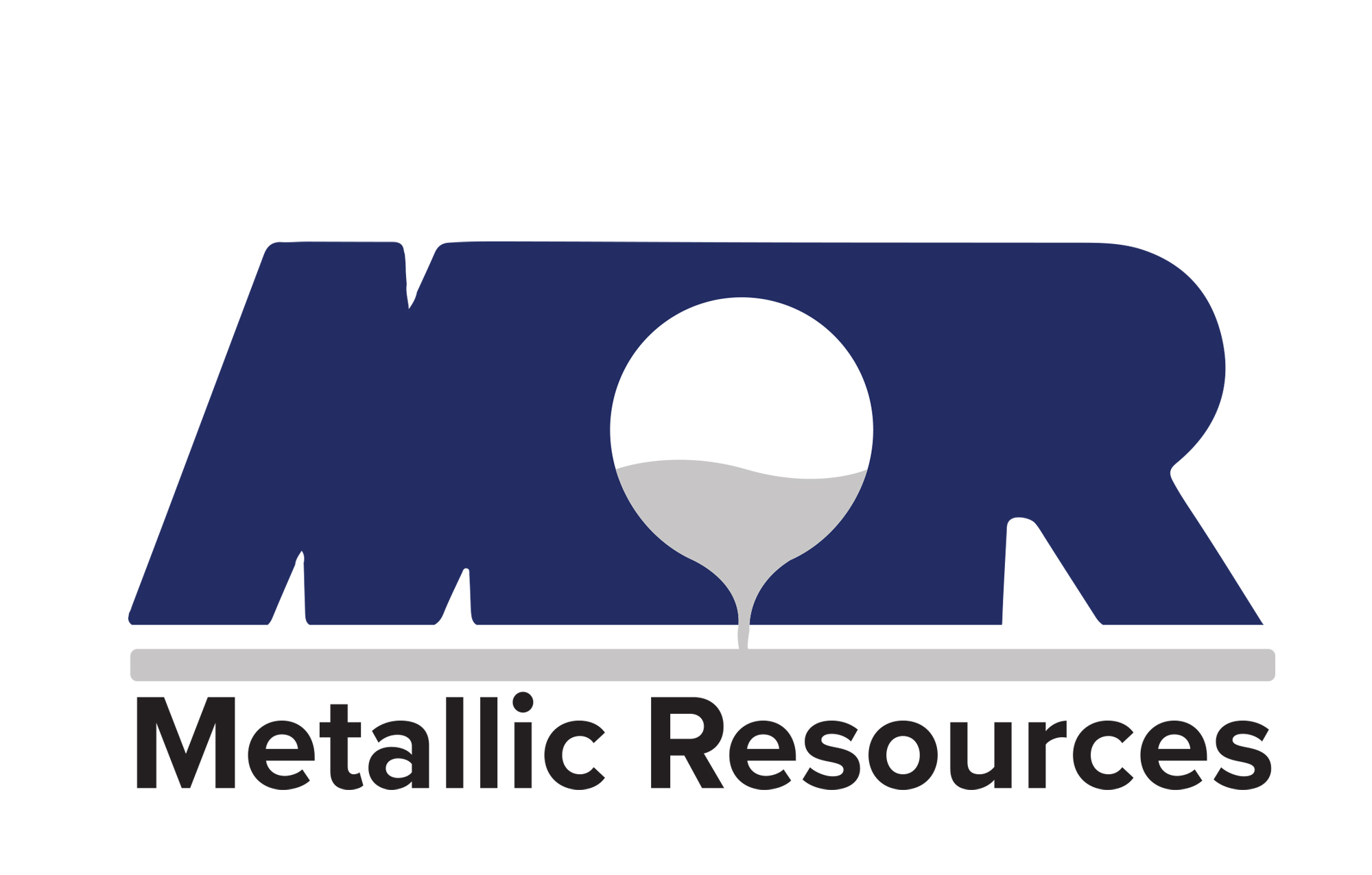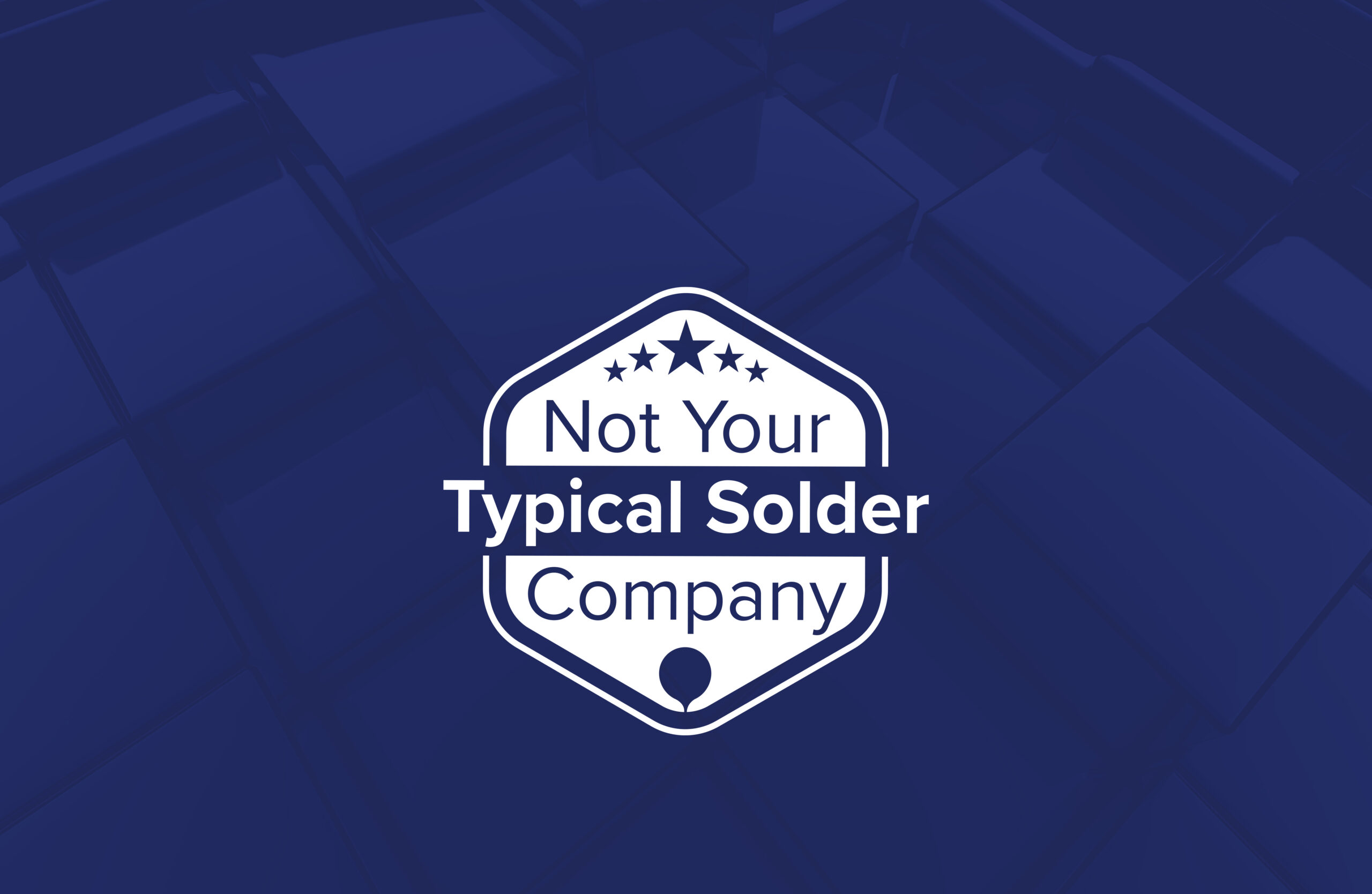ELECTROLYTIC SOLDER
• Lower viscosity and surface tension results in brighter, shinier solder joints
• Lower viscosity and surface tension results in superior wetting and wicking
• Lower viscosity and surface tension results in fewer defects, and a significant reduction in rework
Three grades of solder exist. Reclaim solder is the poorest , since the reclaimer simply takes contaminated pot metal, smelts the dross out of it, recasts it, and sells it. When sold, the metal still has the previous contaminants in it.
“Virgin grade” is the next best solder. “Virgin grade” solder manufacturers simply take “virgin grade” tin and lead and mix them together into the desired alloy, with both known and an unknown amounts of metallic and non-metallic contaminants. Although each solder manufacturer must meet the IPC J-STD-006 standard, that standard is wide in latitude. Thus, “virgin grade” solder is anything but pure.
The third and best grade of solder is electrolytic. Electrolytic solder is the most pure form of solder available from any source. This process is the same as brass plating, copper plating, gold plating, or silver plating. Metallic Resources takes impure virgin grade solder, solder dross, and contaminated pot metal, melts it, and mixes it together into an impure and contaminated anode. The tin/lead or lead free anode is then placed next to a 99.99% pure cathode sheet and an electric current is run through the electrolytic bath. The impure and contaminated anode depletes into the bath. Only the pure desired alloy grows on the cathode sheet, and all other contaminants precipitate out into the bottom of the tank as plating slimes. What is left is a tin/lead or lead free alloy that is 99.99% pure. The metal is then adjusted for the particular alloy, and cast as bar, ingot, feeder bar, or nugget. This process assures batch to batch consistency. Analyses vary only infinitesimally, unlike “virgin grade” solders. The solder purchased today is the exact same solder the customer gets next week, next month, and next year. A variable has just been eliminated from the process!
The IPC J-Standard-006 calls for a maximum level of contaminants, which runs into double zeros of purity. Metallic Resources bar solder obtains triple zeroes of purity. Metallic Resources solder is more pure, by a factor of at least 10 times, compared to any other solder available from any source.
The electrolytic manufacturing process creates bar solder that is lower in viscosity, lower in surface tension, and greater in fluidity than any other solder for both PC Assembly and PC Fabrication processes. A solder that is lower in viscosity and surface tension will flow more smoothly over the wave or hot air leveler and cause less turbulence. That means less dross generation.
In a PC Assembly process, the solder flows onto the board and off the board faster. It cools faster, giving brighter and shiner solder joints. It provides superior wetting and wicking. Because it’s lower in viscosity, any bridging, icicling, cobwebbing, flagging, or solder voids previously experienced will drastically be reduced. That results in a minimum 30% reduction in rework.
In a PC Fabrication process, where the bare board is being manufactured, the use of electrolytic solder in a hot air leveler results in a smoother, more uniform deposition of solder on the copper surface of the board.
Independent testing shows the superiority of Metallic Resources FOUR 9’s bar solder. The dross generated is a fine black powder. Compare it to what is currently being generated, a heavy, gray, pasty dross. That’s because “virgin grade” solders actually entrap and entrain pot metal in the dross. Conversely, FOUR 9’s bar solder tends to repel pot metal, and the pot metal will drip off the ladle back into the pot. That’s how Metallic Resources obtains and guarantees a dross reduction of at least 25%.



